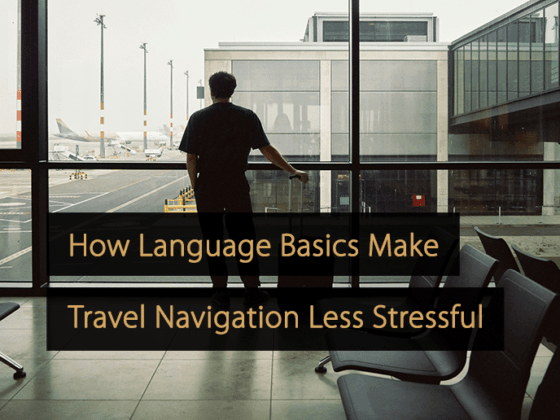Overtourism is fake news. Here’s why (2/5).
💥 In my last post, I argued that overtourism is a myth – fake news that needs to be debunked. Today, let’s tackle the second myth: the idea that at some point there are simply too many tourists. That tourism inevitably tips into overtourism.
➡️ This belief goes back 50 years. In 1975, George Doxey introduced his “Irridex” (Irritation Index), claiming that locals inevitably move from euphoria to apathy, irritation, and finally antagonism as tourism grows. Richard Butler later built on this idea with his “Tourism Area Life Cycle.” Once a destination hits stage 5 (stagnation), negative impacts such as overcrowding were said to be unavoidable. Add the concept of “carrying capacity” – the supposed maximum number of tourists a destination can sustain before things go wrong – and the story seems complete.
⏰ But here’s the problem: no study has ever been able to find this magical number. In fact, even Butler himself later corrected his own views, acknowledging that his model had been misused. Decades of research show the opposite: tourism isn’t predetermined. Tourism trajectories are not fixed laws of nature. Destinations have agency. With the right policies, they can bend the curve.
🧶 This might sound like an academic debate – but it’s not. These models shaped how we think about destinations in real life. Throughout my career, I’ve heard countless people say: “We don’t want to become Bruges, Venice, or Barcelona.” But these are the exceptions. Far more destinations struggle with undertourism – not too many visitors, but too few. My team knows this firsthand: we’re constantly looking for ways to attract enough visitors to remote castles and abbeys just to break even. Too many tourists? That feels like a luxury problem.
📣 Of course, destinations don’t control everything. Influencers can make or break a place overnight. A hit TV show can suddenly put you on the map. And iconic places will always attract flows of visitors no matter what their marketing does.
🎯 But does that mean we should shrug and say: “It’s stage five, it’s inevitable, time for degrowth”? Or should we ask the harder question: what can we actively do to minimize negative impacts – and are we willing to invest in that?
👉 Next time (3/5): I’ll dive into how overtourism is often used as a convenient scapegoat – distracting us from other, deeper forces of change in destinations.






